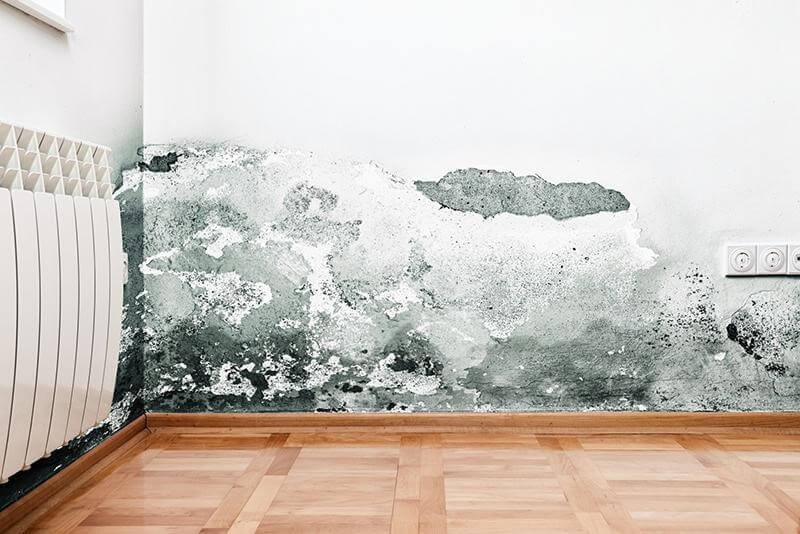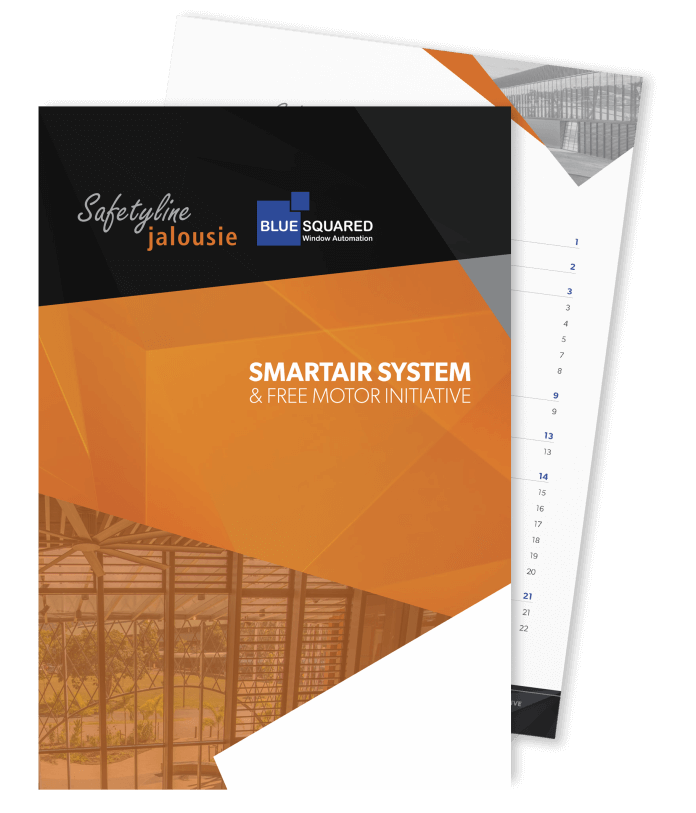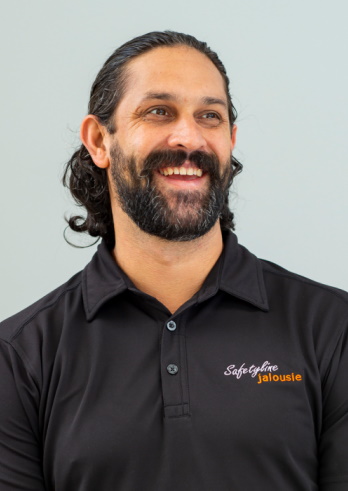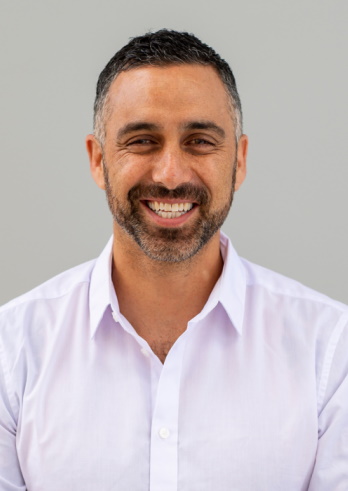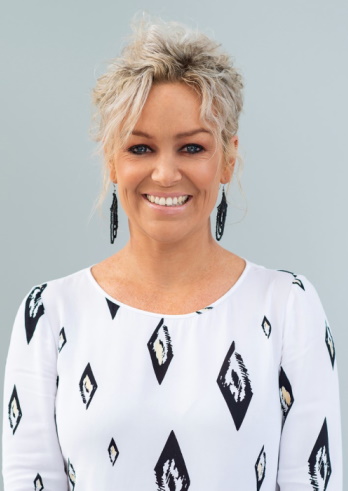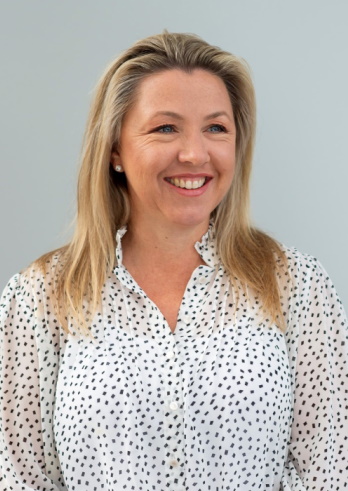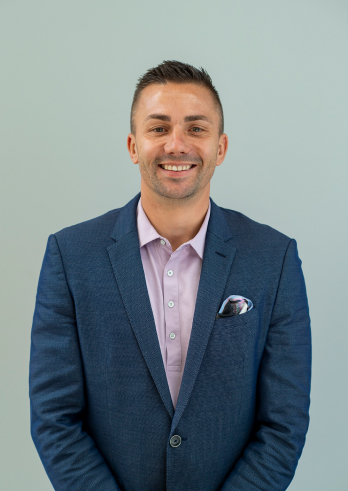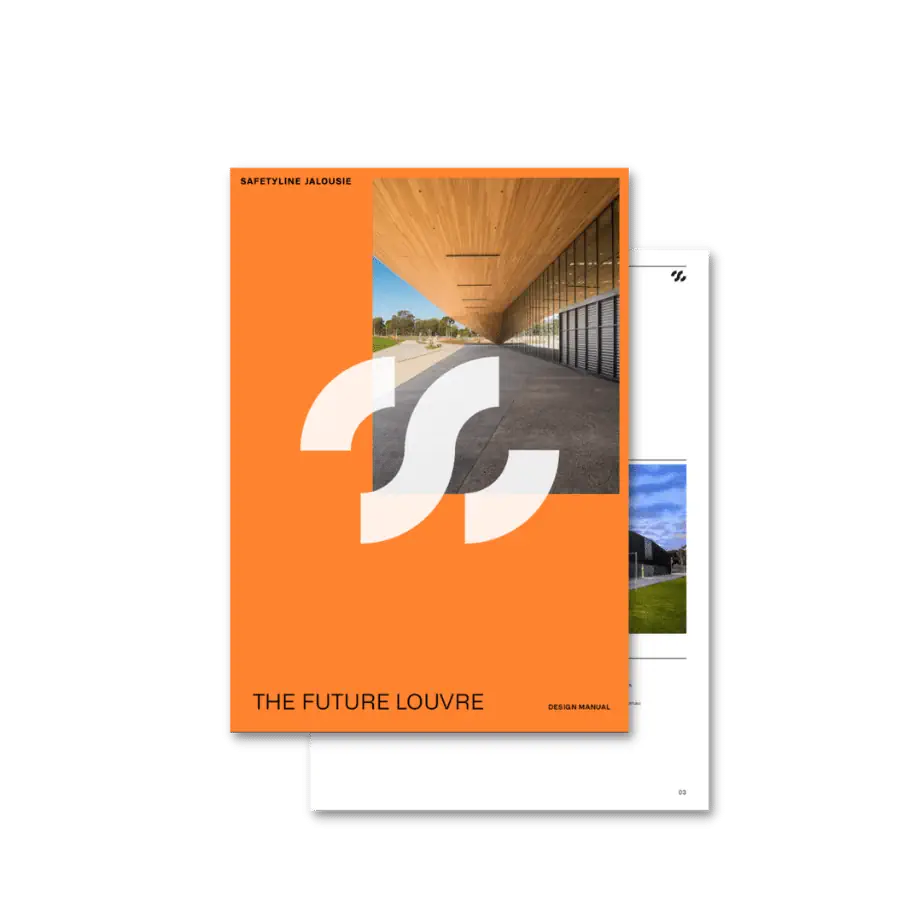Black mould has the potential to cause serious health issues. Yet many Australian buildings do not have adequate safeguards against it. Leaky buildings lie at the heart of the problem.
The rate of apartment building in Australia is at an all-time high as its continually growing population creates more demand for housing. The combination of immigration and Australia’s birth rate has led to a boom period for the residential construction industry.
You need only look at the rate of building across the East Coast. Sydney has seen a meteoric rise in apartment construction to meet the demand from tenants.
At first glance, that all sounds good for the building industry. But there is a problem:
Attempting to keep pace with this increase in demand has led to many builders rushing their projects. In the worst cases, this leads to building code oversights. Builders have less time to spend on checking the quality of the materials that they use. This means they are relying on the manufacturers to offer materials that meet Australian building codes and standards.
A 2013 survey of building professionals noted that this is not happening. In fact, 90% of construction companies have non-compliant materials in their supply chains. A 2010 survey of strata owners reinforces this notion, concluding that there are problems with 85% of the apartment buildings built in Australia since 2000. Other estimates claim that this means that up to 70% of these buildings struggle with leaks.
This creates terrible living conditions for residents. Take the story of the Palermo apartment complex in Wentworth Point as an example. A resident named John says that he had to get rid of 120 litres of water that found its way into his apartment following a storm. The problem became so big that it led to him building a dam to provide against it.
Residents should not have to build homemade solutions for their building problems – it’s the responsibility of those in the industry to create the safest buildings possible. Leaks that are caused by careless construction or incorrect use of ventilation windows or louvre windows can lead to property damage. And this has led to a more serious problem – the development of toxic black mould.
What is Toxic Black Mould?
Leaky buildings create the perfect growing conditions for toxic black mould. Often found on walls, ceilings, and window frames, this mould presents a serious health risk. Toxic black mould releases its spores into the air surrounding it, spreading quickly.
As the amount of mould increases, so does the number of spores in the room’s air. Residents breathe these spores in unwittingly. This is an issue if the mould develops inside the building’s air conditioning system. Every time a resident uses the system, it circulates more spores through the building. This means they breathe even more in, contributing to the mould’s spread.
The toxic black mould name is also something of a misnomer. Its colours range from a dark green hue to grey, rather than black.
On the bright side, this unique colouring makes it easy to identify. Few other fungi share this colour, so residents do not struggle to find the source of the problem. The more pressing issue is that the problem should not be there in the first place.
Toxic black mould also has a very distinctive odour. It is somewhat musty, as you would expect of something that appears as a result of moisture. Some also say that it smells like mildew. However, the smell does not spread far without the help of an air conditioning unit.
What is most worrying about toxic black mould is the array of health problems that it can create. The mould emits mycotoxins, which leads to the following minor symptoms:
- Coughing and sneezing fits
- Irritation
- Fatigue
- Nausea
- Diarrhoea
- Headaches
- Itchiness and redness, particularly focused around the mouth, nose, and eyes
But a more serious concern are the long-term health problems that toxic black mould causes. If left untreated, the mould leads to breathing difficulties and can also exacerbate existing breathing conditions such as asthma. It affects concentration levels, sometimes to the point of causing memory loss. It may also stop the immune system from functioning normally and can also cause issues with bladders and kidneys.
Tackling toxic black mould means cleaning any areas where it grows. Fixing leaks and building-related moisture issues also helps. It is this latter problem that is of such major concern to the industry.
The Scale of the Problem
As mentioned, the problem of leaking buildings is much larger than many may believe. Up to 85% of buildings built since 2000 may have problems. This is an indictment of the lax standards some companies follow in their efforts to build as fast as possible.
But the truth is that nobody really knows just how widespread the issue is. Bill Randolph, who serves as director of the City Futures Research Centre, expands on this. “Nobody keeps records of this stuff,” he says. “Quite a lot of the defects do not get anywhere, they don’t get to the court, or owners just pay up and get on with it because they can’t be bothered to cover the cost of taking a builder to court.”
This quote speaks volumes. A lack of reporting may lead to many regulators assuming that there is not a problem. Without reliable data, there’s not enough information to justify changing the regulations. As a result, leaks go undetected and often don’t lead to repercussions for the builders responsible.
All of this contributes to the rising number of cases of leaky building syndrome.
What is Leaky Building Syndrome?
Leaky building syndrome refers to how watertight a building is. If the building does not provide adequate draining and water deflections, it is more likely to suffer from leaky building syndrome.
It is a problem that designers must work on from the moment they start developing their buildings. In fact, it often comes down to faulty design or failing to use compliant louvre windows, just as much as non-compliant building materials. Certain building designs lend themselves more to leaks than others. They do not handle drainage well or they allow water to get inside without any means of escape.
For example, Mediterranean-style buildings often struggle with the problem as these often use different cladding systems to traditional buildings. Incorrectly applying this cladding,
which is often made using plaster on a cement or polythene sheet, leads to cracking which allow water to seep into the cladding, but don’t allow it to dry out.
There are several signs that a building may have leaky building syndrome. These include:
- Bubbles in the plaster or the coating used to cover the plaster
- The cladding has a high moisture content
- Experts detect high moisture readings throughout the property
The causes include:
- Failure to account for the possibility of moisture penetration during the design process
- The incorrect installation of cladding
- Poor testing of any new building methods
- The use of non-compliant building materials
- The use of the wrong type of timber when creating the building’s structure
- Using batt insulation to fill cavity walls
- The use of air-tight seals on windows and in cladding
The problem affects countries all over the world. It cost the Canadian building industry over $4 billion. New Zealand’s leaky building syndrome cost them up to $23 billion.
Until recently, this was not believed to be a problem for the Australian building industry. However, that opinion may change in light of the previously mentioned data. The problem is already causing issues in New South Wales and the Australian Capital Territory. In the latter, balconies on high-rise buildings lie at the root of the problem. If these issues continue to go unnoticed, Australia’s building industry may face multibillion-dollar losses.
What Standards Are Currently in Place?
Part of the problem appears to lie in how few standards there are to prevent water ingress. Windows have to meet a penetration requirement, but this doesn’t appear to be extensive enough to prevent the problem. The same goes for other building standards – they are there, but they’re not solving the issue.
That relates to the problem highlighted in the Australian Industry Group’s 2013 survey. Those in the industry believe the current regulations aren’t strong enough. They do not prevent non-compliant building products from entering the supply chain. Even a well-designed building could fall victim to leaky building syndrome because of this.
Nevertheless, builders may face legal action if they do not meet the current standards. They may also face civil action from tenants who have fallen foul of the issues that leaky building syndrome causes.
At present, such ramifications are quite rare. However, if the problem is as widespread as the data suggests, legal action may become more common in the coming years.
Potential Solutions to the Problem
So, what solutions are there for the problem of leaky building syndrome? It will take a combination of regulation change and builders meeting higher standards. Those in the industry must do the following:
- Ensure the building code compliance of every material being used. This is particularly important for doors and windows, as these are often the most vulnerable materials. Both the materials used and the seals must protect against water ingress. Safetyline Jalousie’s louvre windows are a good example of this in action. They carry a Water Penetration Resistance rating of 800pa. Look for similar descriptions in all of the materials that you use.
- Be aware that the leaky building syndrome problem can arise from design faults. Account for it from the moment that you start designing a building. This also means that you face less chance of running into an issue that you have to fix once construction starts.
Furthermore, the following regulatory and industry changes may have an effect:
- Changes to the current building codes to account for water ingress more directly. Many argue that there aren’t enough regulations in place to ensure buildings remain watertight in severe conditions.
- Stricter enforcement of the building standards that are already in place. This is something that many in the industry are already calling for.
- A slowdown in property development. This may not be possible while Australia’s population keeps growing. However, there is no denying that rushed construction is a cause of the leaky building syndrome problem.
Conclusion
Leaky building syndrome may not seem like it is a problem right now. But a lot of the data we have suggests that it is growing. If left unchecked, the issue could cost the industry billions of dollars. Moreover, civil suits could cost your company directly.
You need to prevent that from happening, which is why you need quality building materials. Safetyline Jalousie can provide compliant louvre windows for your projects. Just do the following to get started:
- Learn more about our windows technical specifications
- Read about some of our most recent projects
- Contact a Safetyline Jalousie business manager to know more about compliant louvre windows and quality building materials
References:
1. Leaking buildings, mould and court battles: The dark side of the apartment boom – ABC News
2. Black Mold Symptoms and Health Effects – HGTV
3. Window & Glass Regulations – Build

